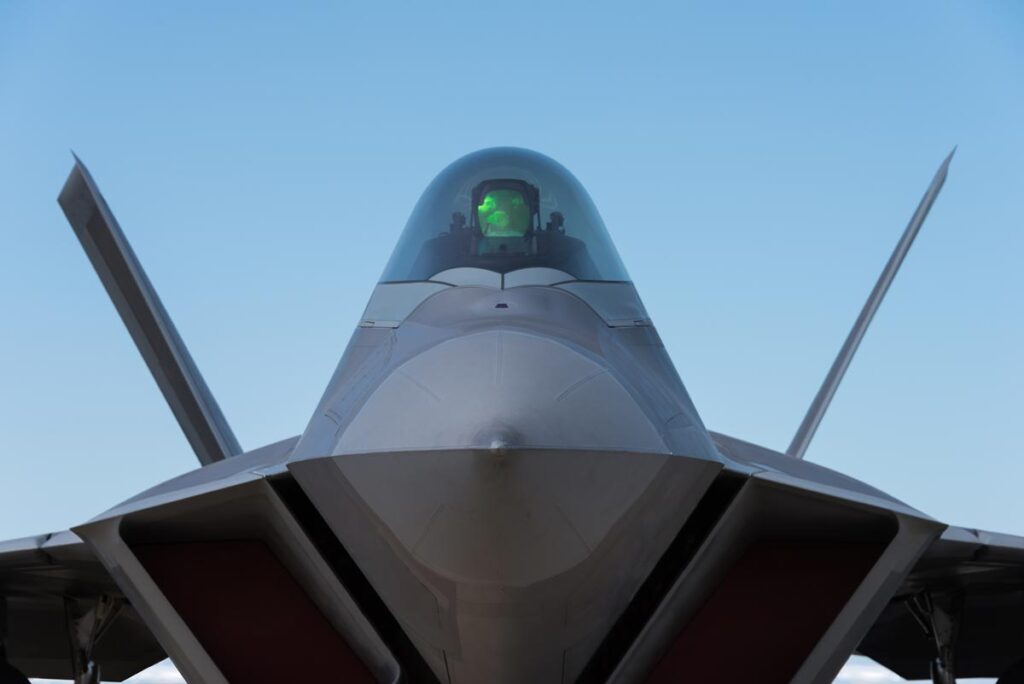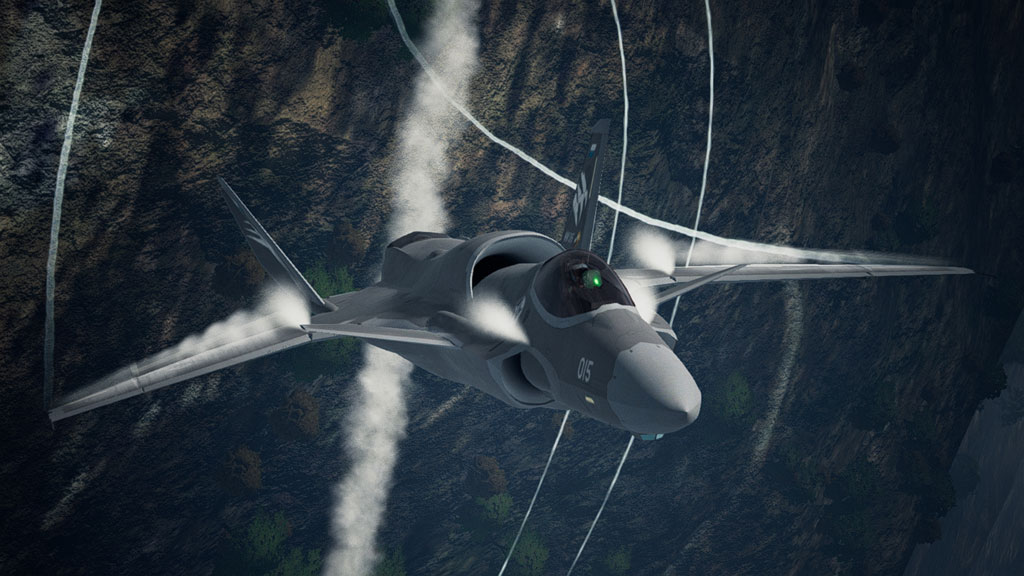
The aerospace and defense (A&D) industry is always evolving, driven by advancing technology, shifting global needs, and increasing national security concerns. From artificial intelligence (AI) to electric propulsion systems, the landscape is changing fast. Companies within the aerospace and defense sector must stay on top of the latest innovations to remain competitive. Here are seven aerospace and defense technology trends to watch in 2024 and beyond.
1. Artificial Intelligence (AI) Revolutionizing A&D
Artificial intelligence (AI) is leading the charge in transforming the aerospace and defense industry. AI technologies are being integrated into various defense operations, enhancing everything from battlefield awareness to predictive maintenance for equipment.
- Predictive Maintenance: Aerospace manufacturers are now using AI to predict when equipment will need repairs. This not only reduces downtime but also increases the lifespan of critical machinery.
- Autonomous Systems: Defense technology is advancing rapidly, with AI-powered unmanned aerial vehicles (UAVs) and autonomous systems taking center stage. These systems improve mission efficiency while reducing the need for human intervention.
AI is cutting-edge, and aerospace and defense technology companies are leveraging its potential to stay competitive in the defense market.
2. Digital Technologies Driving Innovation
Digital transformation is reshaping the aerospace and defense industry. The integration of digital technologies—such as the Internet of Things (IoT), cloud computing, and augmented reality—is enabling aerospace and defense companies to streamline operations and increase productivity.
- Enhanced Design and Manufacturing: Digital technologies allow aerospace manufacturers to develop more efficient designs and streamline production processes.
- Real-Time Data Analysis: Aerospace and defense technology services are becoming more data-driven, using real-time analytics to make informed decisions faster.
With these digital advancements, aerospace and defense companies can improve product development and optimize performance in both the short and long term.
3. The Rise of Electric Propulsion Systems

As the world shifts toward greener technologies, the aerospace and defense A&D industry is not far behind. Electric propulsion systems are becoming increasingly important as companies focus on reducing carbon emissions and improving energy efficiency.
- Sustainability Focus: Aerospace and defense technology companies are working on electric propulsion technologies that offer clean and efficient alternatives to traditional jet fuel engines.
- National Security Applications: Electric propulsion also has a future in defense technology, where quieter, cleaner systems can provide tactical advantages during missions.
These technological advancements will help aerospace companies meet growing demands for sustainable solutions while maintaining cutting-edge performance.
4. Private Sector Paving the Way for Defense Innovation
A growing trend in the defense A&D industry is the rise of private-sector companies contributing innovative solutions to defense challenges. Defense contractors and private tech companies alike are partnering to drive forward technological advancements in the defense market.
- Partnerships and Collaboration: Private sector aerospace manufacturers are collaborating with traditional defense contractors to bring new technologies to market faster.
- Venture Capital Influx: Startups in the aerospace and defense industry are attracting significant venture capital, helping to fuel long-term innovation in the sector.
Private sector involvement is expanding the horizons of defense technology, introducing fresh ideas and accelerating the development of future-forward systems.
5. Advancing Technology in National Security
National security is a driving force behind many technological advancements in aerospace and defense. Countries around the world are investing heavily in new defense technologies to meet the challenges of modern warfare and security threats.
- Communication Networks: Effective communication networks are crucial for military operations. New technologies such as 5G and phased-array antennas are being integrated into defense systems to improve real-time intelligence sharing and secure communications.
- Cybersecurity: With increased reliance on digital technologies comes the need for stronger cybersecurity measures. Aerospace and defense companies are prioritizing secure systems to protect sensitive data from cyber threats.
As these trends continue, aerospace and defense technology services will play a critical role in ensuring the safety and security of nations across the globe.
6. AI-Driven Supply Chain Optimization
The aerospace and defense industry is highly dependent on complex supply chains. With global supply chain disruptions becoming more frequent, aerospace and defense companies are turning to AI and other digital technologies to optimize their logistics and manufacturing processes.
- AI and Robotics: AI-powered robots are increasingly being used to automate assembly lines and manage logistics. This reduces human error and improves efficiency.
- Predictive Analytics: AI is also helping companies predict and manage supply chain risks, ensuring timely delivery of parts and components.
By adopting these technologies, companies can reduce costs, enhance production efficiency, and remain competitive in the fast-paced aerospace and defense market.

7. Long-Term Technological Investments
The aerospace and defense industry is built on long-term technological investments. While some advancements take time to implement, they are essential for maintaining global defense capabilities and ensuring national security.
- Cutting-Edge Innovations: Defense contractors are focusing on developing technologies like quantum computing, advanced microelectronics, and AI to gain a strategic edge.
- Sustained R&D: Aerospace and defense technology companies continue to invest in research and development, ensuring that they stay ahead of emerging threats and challenges.
These long-term investments are critical for staying ahead in the competitive defense market and maintaining technological superiority.
The Bottom Line: Staying Ahead in a Fast-Evolving Industry
The aerospace and defense industry is undergoing rapid transformation, driven by advancements in AI, digital technologies, electric propulsion, and more. Aerospace manufacturers and defense technology companies are investing heavily in these trends to remain competitive and secure their place in the future of defense.
From optimizing supply chains to ensuring national security, these trends are reshaping the industry, offering opportunities for innovation and growth. By embracing these technological advancements, aerospace and defense companies can continue to meet the evolving needs of global security and drive the industry forward.
With the right strategies, investment, and vision, aerospace and defense companies can thrive in this dynamic landscape, providing cutting-edge solutions that shape the future of defense and national security.
